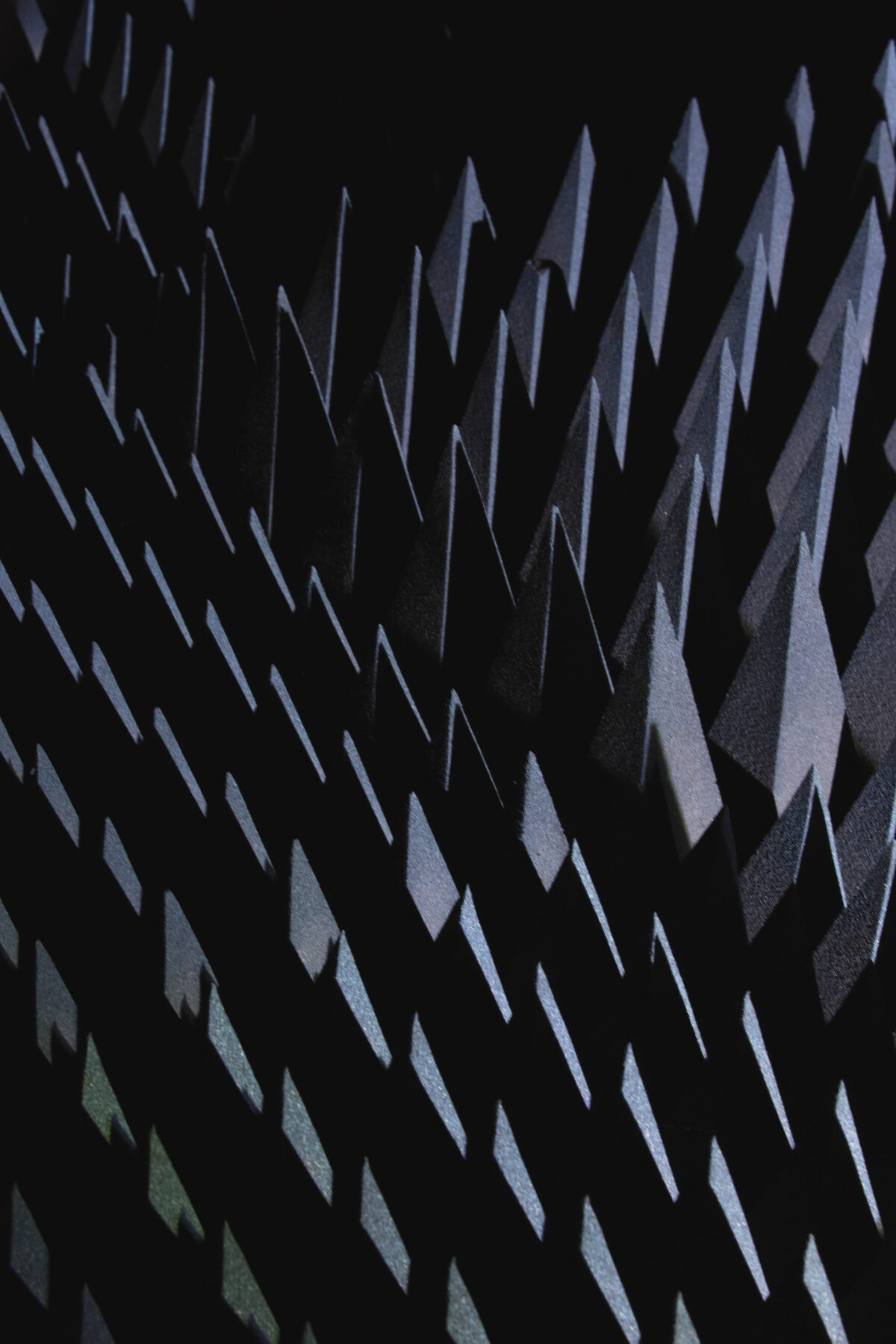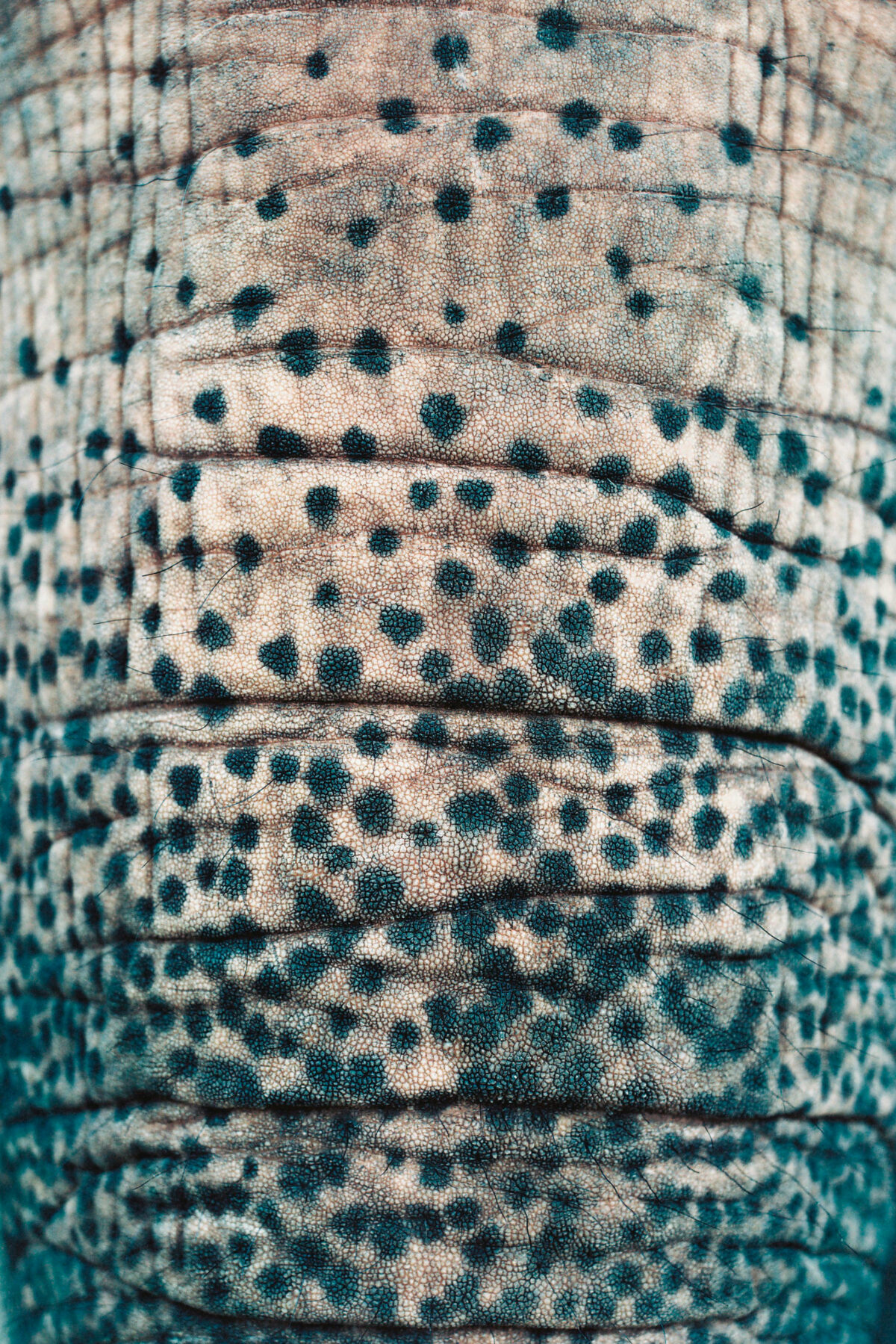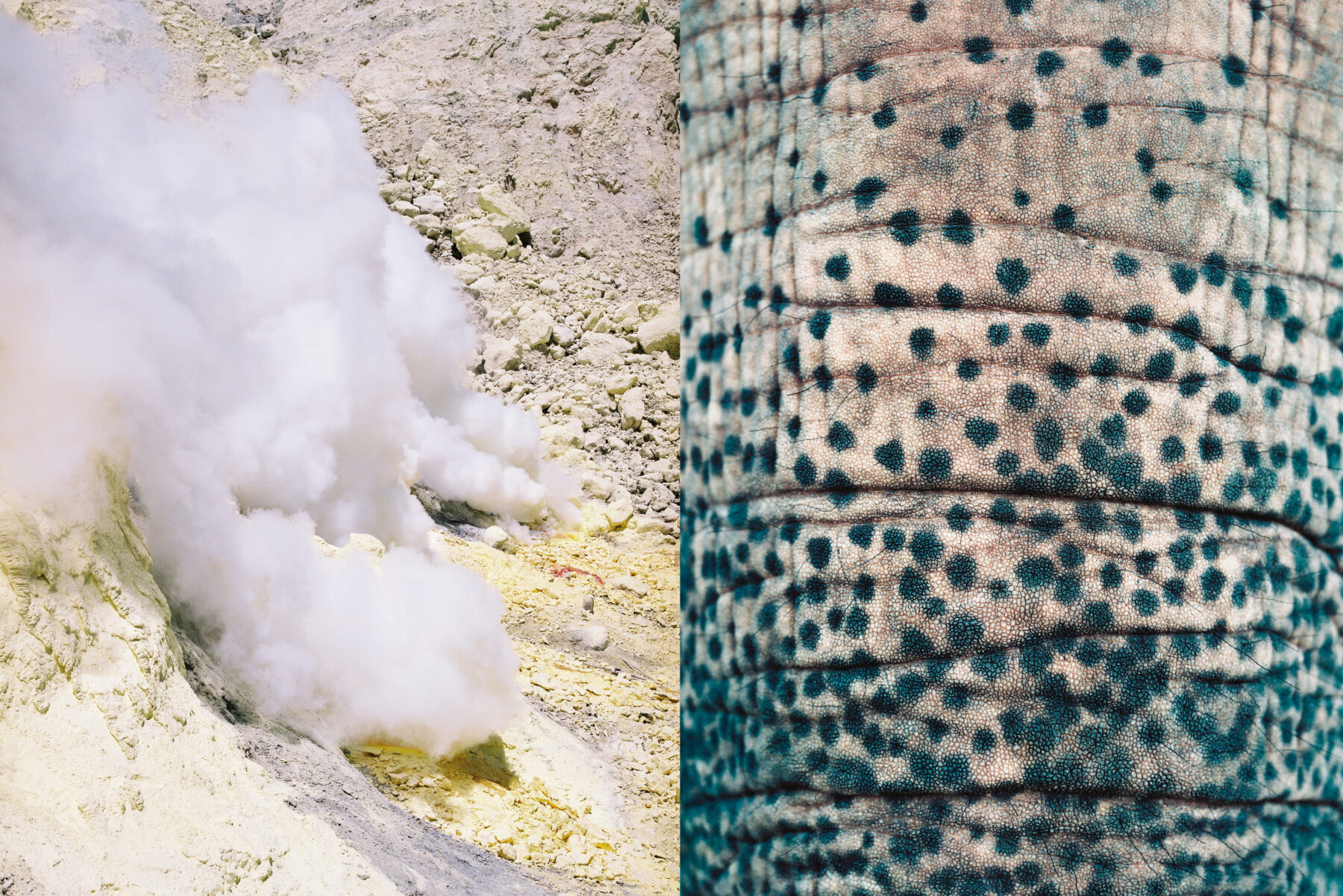Bilingual Perdiz Magazine showing how we perceive the world through noise
An exclusive excerpt from Perdiz issue #9 on the universe of sounds and silence around us
In 1945 Aldous Huxley wrote: “The 20th century is, among other things, the Age of Noise. Physical noise, mental noise and noise of desire—we hold history’s record for all of them. And no wonder; for all the resources of our almost miraculous technology have been thrown into the current assault against silence.”
Silence, or quietude, is not always zero decibels, but rather the volume at which the mind is at rest. In today’s world, however, noise follows us everywhere. Even if we escape into nature, notifications, chat, and data follow us around; the clutter of the city remains in our minds. According to the World Health Organisation (WHO), persistent sound at a level of just 30dB, equivalent to someone whispering in a library, is enough to disturb our sleep patterns. It is little wonder that sonic weapons have been used by armies and police. Traffic noise and the occasional siren are often seen as the inevitable price to pay for living in a city—indeed, we flaunt the ability to withstand and ignore such noise pollution as a badge of urban honor. But wouldn’t we care if someone was flashing lights in our eyes while we slept?

He writes about his experience in the anechoic chamber at Orfield Laboratories in Minnesota—a 99.9% sound-absorbent room that holds the Guinness World Record for the Quietest Place on Earth: “Ironically, far from being peaceful, most people find [the chamber’s] perfect quiet upsetting.” Within the chamber, Foy became aware of the sound of his own breathing, his heartbeat, and even the blood rushing through his veins. “Your ears become more sensitive as a place gets quieter, and mine were going overtime. I frowned and heard my scalp moving over my skull, which was eerie, and a strange, metallic scraping noise I couldn’t explain. Was I suffering from auditory hallucinations? The feeling of peace was spoiled by a tinge of disappointment—this place wasn’t quiet at all. You’d have to be dead for absolute silence.”


Gordon Hempton is an acoustic ecologist, and promoter of One Square Inch, “possibly the quietest place in the USA”. He found this very special spot in the middle of the Hoh Rainforest, Olympic National Park, Washington. It was designated on Earth Day 2005 in order to protect the park’s rich natural soundscapes. The logic is simple. The rumblings of the largest aircraft can, on a clear day, travel up to 160 km. Hempton believes his square inch has the same expansive effect, but with silence, and by protecting this one square inch of silence, large areas of the park will benefit.
Hempton explains that constant traffic noise and other ‘artificial’ noises put our brain into fight-or-flight mode. This is fine if there is actual danger, but if we feel this way continuously, it can be exhausting. We don’t realize that while not all animals see, all animals hear. “If you want to be an animal species on planet Earth you have to hear. Auditory information is required in order to survive.” Noise pollution blurs out that which our body viscerally deems necessary, including “faint meaningful information, such as a breeze passing through the tree outdoors, which indicates a weather shift and the fact that you might want to grab a jacket before you walk out onto the street; or when you can hear the footsteps of those that walk around you and know whether it’s on concrete, asphalt, or cobblestones, whether or not they’re wearing soft soles, leather soles, or high heels, and whether or not they’re in a hurry, or whether they’re on a leisurely stroll.
”When all of this extra information is drowned out by a passing car, it “robs us of our sense of security and knowledge of where we are,” says Hempton. “In very animal terms, it makes us vulnerable. And as a result it increases stress levels that then make it more difficult to think, to be creative, and which make us less willing to be helpful towards others. My conversation with Hempton is eventually drowned out by passing lorries, buses, and sirens. “If you can’t often get to a natural quiet place as an antidote to toxic noise,” he tells me, “perhaps you should really consider moving house.” I just might, actually. I just might.


To read the full version of Marta Bausells’ story on silence make sure to get your hands on the current issue of PERDIZ Magazine. The biannual Spanish and English publication is investigating the big and small things that contribute to human happiness—”like getting the hot and cold taps on the shower aligned to just the right temperature.” Also to be found in issue #9: an apocalypse survivalist dating service, the world’s most prolific maze designer, and an ode to the deep fat fryer
To find out about FvF’s favorite undertakings in independent publishing, follow along our Print Matters section.
Photography: Rita Puig-Serra Costa and Dani Pujalte
Text: Marta Bausells
Editor at PERDIZ: Marta Puigdemasa
Art Direction at PERDIZ: Querida

